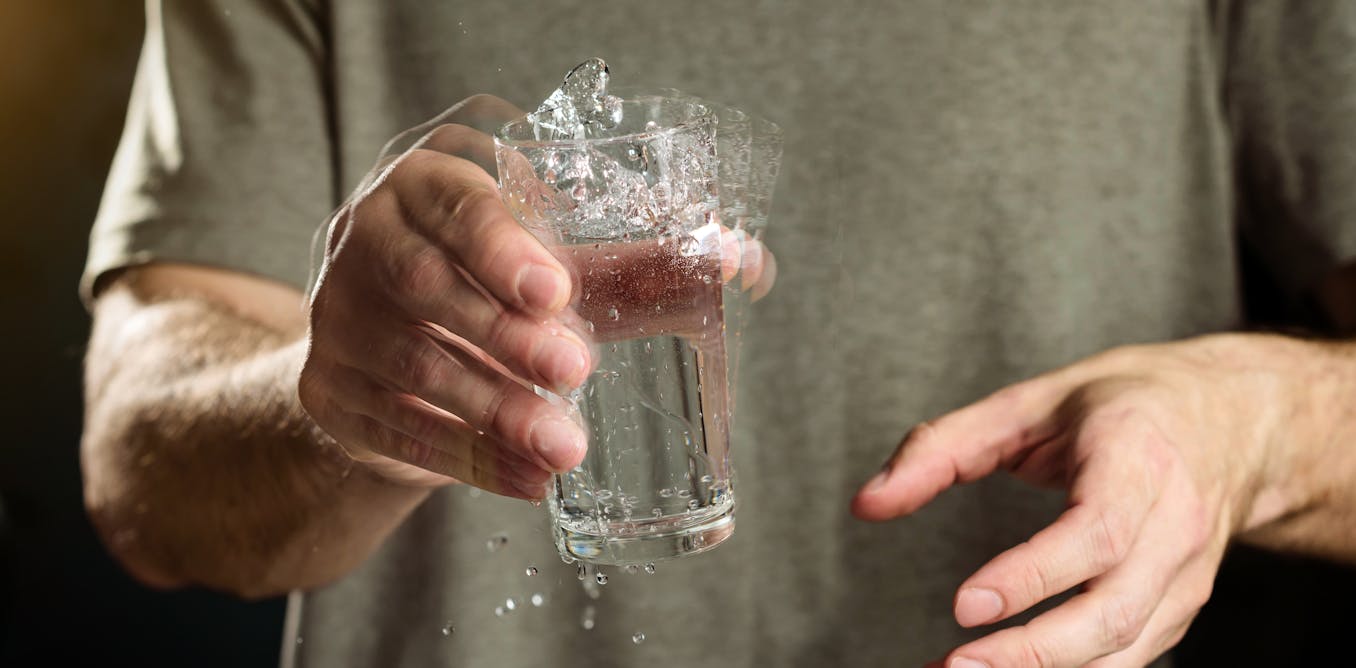When we think of movement disorders, the tremors associated with Parkinson’s disease are probably what first spring to mind. However, there are other equally debilitating and much less well-known conditions that profoundly affect quality of life for those who suffer from them.
One of these is dystonia, a disorder of the central nervous system that can appear at any age and affects no less than 1% of the world’s population. It is characterised by sustained or intermittent involuntary muscle contractions, which can cause abnormal twisting movements and postures, often accompanied by pain and joint deformity. Dystonic movements can also be associated with tremors.
Dystonia tends to worsen with fatigue, stress and negative emotional states, but improves during sleep and with relaxation. Its intensity can also be reduced by using sensory tricks – voluntary gestures such as touching the chin or eyebrows, or putting a toothpick in the mouth or a scarf around the neck.
Dystonia can be caused by a wide range of possible triggers. It can be hereditary, the result of certain genetic mutations that affect dopamine transmission or circuits in the basal ganglia of the brain. There is also secondary, or acquired, dystonia. This is caused by structural damage to the central nervous system (by trauma, stroke, encephalitis or tumours), exposure to drugs, or metabolic or degenerative diseases. Lastly, there is idiopathic dystonia, meaning its origin is unknown. This is the most common.
A wide range of symptoms
The most widespread form of the disorder in adults is focal or isolated dystonia, which affects a specific region of the body. Within this category, the best known and most common is cervical dystonia (spasmodic torticollis), which involves the muscles of the neck and sometimes also the shoulder. It manifests as head movements from side to side (as if saying “no”) or up and down (as if saying “yes”).
Other types of focal dystonia include the following:
-
Blepharospasm: involuntary movements of the eyelid muscles, resulting in excessive blinking or involuntary closing of the eyes
-
Writer’s cramp: this affects the hand and arm during specific activities, such as writing
-
Oromandibular dystonia: this causes muscle contractions in the lower part of the face and the superficial muscles of the neck. It sometimes affects the tongue
-
Laryngeal dystonia or spasmodic dysphonia: the abnormal contraction of the muscles that regulate the opening and closing of the vocal cords, causing speech difficulties.
In addition to focal dystonias, there are other varieties: segmental dystonia, which involves two or more adjacent parts of the body (such as Meige syndrome, which affects the muscles of the face, jaw and tongue); generalised dystonia, which involves most of the body, including the torso and limbs; hemidystonia, which affects one entire side of the body; and multifocal dystonia, which involves two or more separate parts of the body.
Read more:
What causes RFK Jr.’s strained and shaky voice? A neurologist explains this little-known disorder
Treating dystonia
Although dystonia has no cure, there are treatments that can significantly improve the patient’s quality of life. It is important to have an interdisciplinary team of professionals that includes neurologists, physiotherapists, occupational therapists, speech therapists, and psychologists specialising in movement disorders.
A comprehensive approach that combines medical care, emotional support, and human companionship can make a major difference, and help patients regain their confidence.
Within these teams, physiotherapy plays a key role. It focuses on increasing mobility, reducing pain and helping patients manage involuntary movements, thereby improving functionality and giving them greater independence in their daily lives.
Some current areas of interest in dystonia research include the development of genetic studies, new pharmacological therapies, and brain stimulation interventions.
A debilitating condition
According to data from the Spanish Society of Neurology, more than 20,000 people are affected by some type of dystonia in Spain.
However, there could be many more because dystonia is one of the most widely underdiagnosed movement disorders. It is often confused with Parkinson’s tremor and essential tremor, as well as tics, myoclonies (another type of rapid, involuntary movement), psychogenic movement disorder, and even scoliosis.
It is a highly debilitating disease, and its impact on quality of life is not limited to physical difficulties – dystonia’s chronic nature means that patients commonly suffer from stress, anxiety and depression.
To give an idea, most members of the Spanish Dystonia Association (ALDE) have a recognised disability rating between 33% and 65%. In many cases, this is higher.
People with this condition are often not inclined to talk about what is happening to them or to show themselves in public, which makes the disease even more invisible. Continuous pain, emotional disorders and social stigma cause many of them to lead lives of seclusion.
Resources and support
Several organisations exist to offer support, information and resources for those affected by dystonia, and for their families:
As things stand, a lot is still unknown about dystonia. Lack of knowledge and the stigma associated with rare neurological disorders can hinder prompt diagnosis, and access to appropriate treatments.
Raising public awareness, training healthcare professionals and promoting basic and clinical research are essential steps towards improving the prognosis for those who live with this disorder.
A weekly e-mail in English featuring expertise from scholars and researchers. It provides an introduction to the diversity of research coming out of the continent and considers some of the key issues facing European countries. Get the newsletter!



